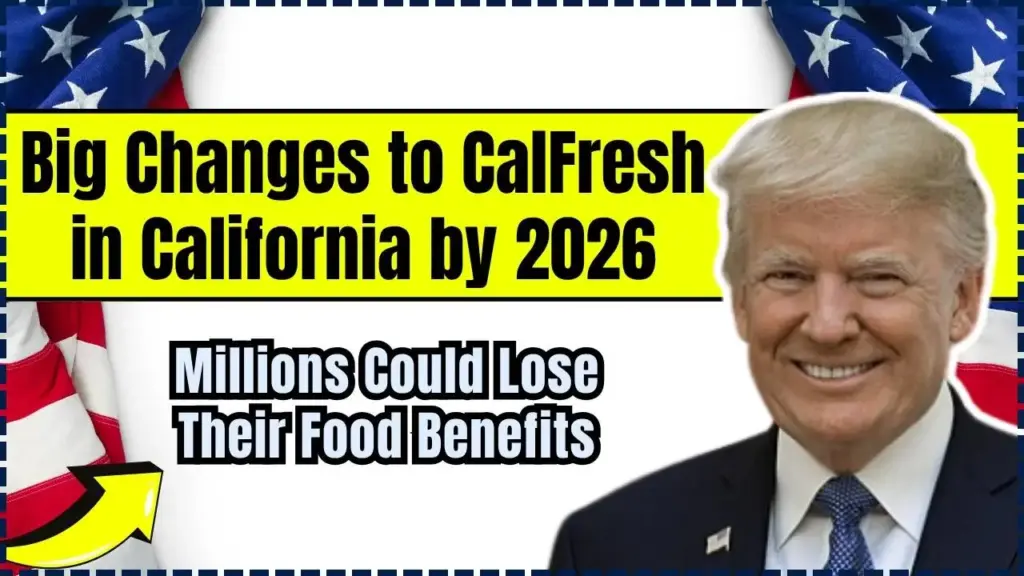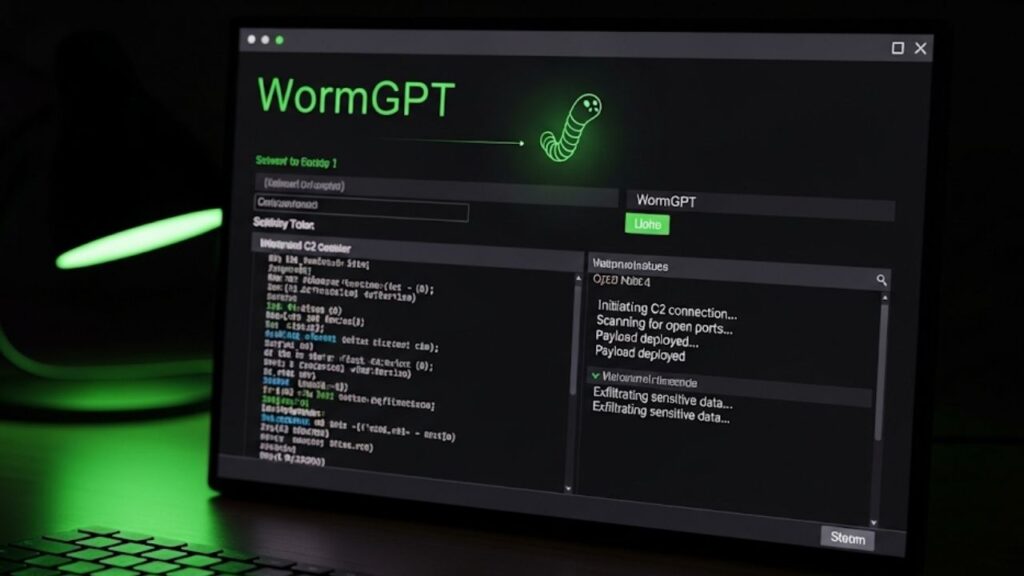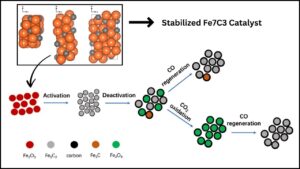Here’s a breakdown of the major changes coming to CalFresh (California’s version of the federal Supplemental Nutrition Assistance Program / SNAP), and how they might affect beneficiaries starting in 2026 and beyond.

Table of Contents
Big Changes to CalFresh in California
| Key Fact | Detail / Statistic |
|---|---|
| Expansion of work/time limits | From ages 18–54 to 18–64 for able-bodied adults without dependents |
| Estimated Californians at risk | 750,000 to 3 million facing benefit loss or reduction |
| Program start of changes | Phased in 2025, full effect by mid-2026 |
| Average monthly benefit | About $196 per person |
| Funding reduction | $30 billion in nationwide SNAP cuts over 10 years |
CalFresh Changes 2026: What’s Happening and Why
California’s CalFresh program, which distributes federal Supplemental Nutrition Assistance Program (SNAP) benefits to over 5 million residents, is facing the most significant overhaul in decades.
Beginning in 2026, new federal rules will expand work and time-limit requirements while reducing administrative funding to states.
The adjustments stem from the 2025 federal budget and agricultural reform bill (H.R. 1), backed by congressional Republicans and signed earlier this year. Supporters argue the measure will encourage employment and reduce dependency on government aid.
Critics, however, say the cuts threaten to strip essential food access from hundreds of thousands who are already struggling with inflation and housing costs.
“This isn’t about motivating people to work—it’s about disqualifying the poorest among us,” said Andrew Cheyne, policy director for the California Association of Food Banks, in a statement.
Who Will Be Affected Most
The new rules target “able-bodied adults without dependents” (ABAWDs)—people aged 18 to 64 who are not disabled and have no children. Under the revised guidelines, those who cannot verify at least 20 hours of weekly employment or training may receive CalFresh benefits for only three months within a three-year period.
Rural counties, where jobs and transportation are limited, are expected to feel the sharpest impact.
According to the California Budget & Policy Center, approximately 754,000 Californians could lose eligibility entirely, while another 2.8 million could see monthly benefit reductions.
“If these cuts move forward, local food banks will face an impossible surge in demand,” said Lola Smallwood Cuevas, a labor policy expert at UCLA. “California’s food safety net isn’t built for this scale of loss.”
Historical and Economic Context
CalFresh—formerly known as food stamps—has been a cornerstone of California’s social safety net since 1974. Funded primarily by the federal government and administered by counties, it plays a critical role in preventing hunger and stimulating local economies.
Economists estimate every $1 in CalFresh spending generates $1.70 in economic activity, supporting grocers, farmers, and distributors statewide. During the COVID-19 pandemic, expanded SNAP benefits lifted an estimated 2.3 million Californians above the poverty line, according to the Public Policy Institute of California (PPIC).
“Rolling back this support when food prices remain 25 percent higher than in 2019 is economically reckless,” said Dr. Samuel Lee, a senior economist at the PPIC.
Why the Cuts Are Happening
The federal government’s stated goal is to curb entitlement spending and encourage “self-sufficiency.”
The U.S. Department of Agriculture argues the new rules will “restore program integrity” by ensuring only eligible recipients remain on the rolls.
However, nonpartisan analysis from the Congressional Budget Office (CBO) indicates the policy’s fiscal savings—estimated at $30 billion nationally over ten years—come largely from reduced participation, not efficiency gains.
State officials say California may have to cover administrative shortfalls to prevent service breakdowns.
“We’re assessing all options to protect vulnerable households,” said Kim Johnson, director of the California Department of Social Services (CDSS). “But we can’t replace billions in lost federal funding overnight.”
Local Governments Brace for Impact
County administrators across California have begun contingency planning.
In San Diego, Los Angeles, and Fresno Counties, human services agencies are warning that the new verification workload—tracking work hours and exemptions—could overwhelm existing staff.
The San Francisco Chronicle reported that several Bay Area food banks are “preparing for the worst,” expanding warehouse capacity and volunteer programs in anticipation of a surge in demand by 2026.
Political and Public Response
California leaders have condemned the cuts. Governor Gavin Newsom called them “a direct assault on working families” and pledged to explore state-funded supplements.
Democratic lawmakers in Sacramento are drafting a proposal to create an emergency California Food Stability Fund, designed to offset lost federal benefits for the most vulnerable. Republican supporters of the federal reform argue that the law simply reinstates accountability.
“Taxpayers deserve assurance that aid is temporary and targeted,” said Representative Kevin McCarthy (R-Calif.) during floor debate.
Public opinion remains divided. A Pew Research Center survey in September found that 58 percent of Americans favor stricter work requirements for food aid, but 67 percent oppose outright funding cuts.
Community-Level Effects
Food banks and nonprofits expect the first visible consequences by mid-2026.
The Los Angeles Regional Food Bank, which distributed 150 million pounds of food last year, estimates demand could increase by 35 percent under the new law.
Smaller charities fear closure.
“We don’t have the trucks, cold storage, or staff to handle this kind of surge,” said Maria Torres, director of a community pantry in Tulare County. “People will go hungry.”
Related Links
Social Security 2026 COLA Set at 2.8%: Why Many Seniors Are Still Struggling? Check Details
Companies Prepare for Possible Return of Federal DEI Probes Under Trump-Era Policies
Looking Ahead to 2026
Most major rule changes will phase in between late 2025 and mid-2026, though individual counties may implement compliance requirements sooner. Advocates are urging recipients to update their eligibility documentation and enroll in approved training or volunteer programs that can satisfy the new work rules.
The state is also considering legal and policy challenges. Several advocacy groups—including the Western Center on Law and Poverty—are exploring whether parts of the legislation violate anti-discrimination protections in areas with limited job access.
What Recipients Can Do Now
- Check current eligibility with local county offices or via the CalFresh website.
- Enroll in qualifying work or training programs early.
- Stay informed about implementation timelines through official CDSS updates.
- Seek local assistance from county food banks or nonprofit coalitions preparing emergency aid networks.
A Broader Question of Policy Direction
Experts note that CalFresh’s challenges mirror a national debate over the future of social welfare.
As the federal government reins in spending, state and local agencies are left to decide how much of the social contract they can sustain.
“This is not only about food—it’s about federalism,” said Dr. Janet Ruiz, professor of public policy at UC Berkeley. “California must decide whether it will backfill these programs and, if so, at what cost.”



















